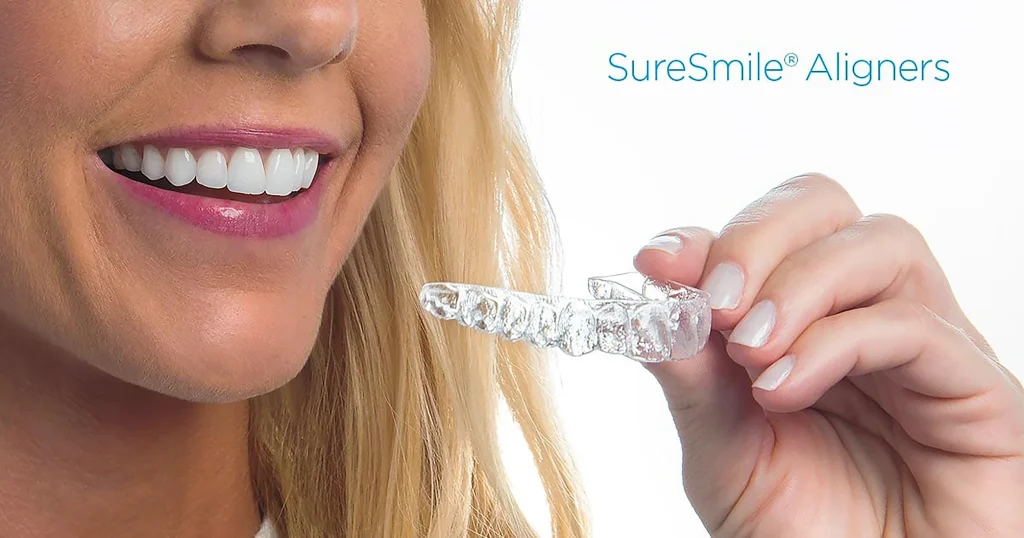Comparing different types of braces for adults, teens, and children. There are a lot of options, depending on your orthodontic needs and your budget. Here are the most popular kinds of braces that are currently on the market we offer at Braces and Faces

Metal Braces
When people think of orthodontic treatment, they think of metal braces. They remain one of the most efficient and cost-effective treatment methods, and today’s metal braces are smaller and more comfortable. Teens also enjoy customising the colours of their braces.

Self-Ligating Damon Braces
For complicated cases requiring more tooth movements, we suggest self-ligating braces. These braces have a “gate” to hold the wires to the brackets and don’t require coloured elastics. We believe this improves efficiency and effectives of tooth movement as it lowers the friction and forces of the braces. They are also smoother and easier to clean.

Ceramic Braces
For a more discreet treatment option, we offer clear braces with brackets made out of a ceramic materials. For the front teeth, we choose self-ligating ceramic brackets that don’t discolour so you have the peace of mind they won’t turn yellow with certain foods and drink.

Invisalign
Invisalign is the most popular and recognised aligner company. It involves a series of clear, plastic removable trays that move teeth into optimal position sequentially over time. They are a lot more discrete, comfortable, and convenient when eating and brushing. However, one must be committed to wearing them 20-22 hours/day. Attachments are small “nubs” we bond onto teeth that are also necessary to provide grip for Invisalign to move the teeth predictably.

SureSmile Aligners
For simple cases (less than 6-9 months) that don’t require paying extra for Invisalign, we recommend Suresmile clear aligners. They work just like Invisalign. Suresmile is a US company, which allow us to move the teeth using their computer software and we export the 3D data file to our 3D printer to manufacture in-house aligners. For simple cases, it’s less costly, turnaround time is faster (as it’s made locally) and perhaps the biggest advantage is it requires less attachments due to the rigidity of the aligner material.

Lingual Braces
Lingual braces are bonded behind the teeth and are completely discrete. They are the treatment of choice for teens or adults who prefer a completely invisible option, have complex cases not suitable with clear aligners, patients who cannot commit to 20-22 hours of wear a day or for those who want to avoid the inconvenience of taking their aligners in and out all the time. In general, the efficiency and comfort level is similar to outside traditional braces but lingual braces are more expensive and can affect speech in the short term.

Functional Appliances
Are braces that encourage the growth of jaws, and are suggested when there is a more severe jaw discrepancy in growing children. For example, used to advance a smaller lower jaw in overbite cases or to encourage growth of a small upper jaw in underbite cases. Most of these appliances are removable and worn every night for 12 months. Examples of overbite correctors include the Twin-Block, Van Beek Activator, Herbst. In severe underbite cases, we usually recommend reverse headgear.

Orthodontic Expander
In narrow palates, crossbite problems, mouth breathing or cases with potential for severe crowding, we may recommend a Rapid Palatal Expander to widen the upper jaw to improve the bite and and make room for growing teeth. It is better to expand at an early age (8-10 years old) to gain more skeletal (bone) expansion, but expanders can still be used in younger adolescents. Adult expansion is more complicated and less predictable.

